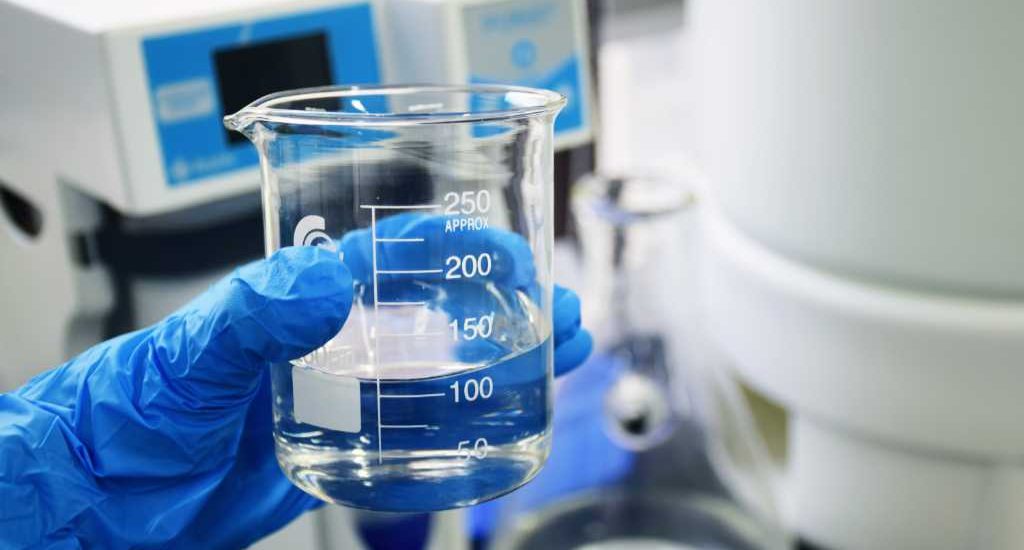Canadian university investigating 'forever chemicals' in Canadian water systems
- September 7, 2022
- Posted by: Sinead Sprigg
- Category: Environmental, Research Papers, Water Issues, Europe, North America

University of Waterloo is leading a team to identify and treat per- and polyfluoroalkyl substances (PFAS) or, ‘forever chemicals’ in water systems affecting more than 2.5 million Canadians.
PFAS are a new class of more than 4,000 environmental contaminants whose impact on human health is unknown. They have been found in cosmetics, textiles, fire-fighting foams and food packaging materials.
This project will determine which PFAS are present in Ontario waters, determine the processes underpinning treatment technologies, and provide key information to inform Canadian water systems of potential PFAS contaminants and treatment options.
“PFAS are even more stable than plastics. Their carbon fluorine bond is one of the strongest that you can make in chemistry – very, very thermodynamically stable,” said Scott Hopkins, project lead and a professor in Waterloo’s Department of Chemistry. “Because it’s man-made, there are very few natural things that can actually impact it.”
“Traditional water treatment methods are ineffective at destroying these chemicals,” said Hopkins. “Many smaller Canadian communities do not have the capacity to test for pollutants like PFAS or the ability to implement new water and wastewater treatment technologies. As a result, pollutants will stay in their ecosystems and biomagnify, or build-up, in the local food web.”
Hopkins has partnered with several experts in chemistry, chemical engineering, artificial intelligence, as well as water treatment, policy, and regulatory bodies. “We have members from academia, industry, non-profit, and government agencies, all invested in solving this problem,” said Hopkins.
Hopkins and his team will use machine learning models to predict the physicochemical properties of PFAS and the transformation products generated by the treatment processes.
“Our specialty in ion mobility and mass spectrometry allows us to separate complex mixtures and see what’s in them,” said Hopkins. “We also use machine learning to infer things about the chemical processes that we’re dealing with and find the optimal treatment conditions so we can make the best use of the instrumentation we have.”
Considerable advances have already been made in the destruction of PFAS in biosolids using thermochemical treatment (pyrolysis), and in water via UV treatment.
